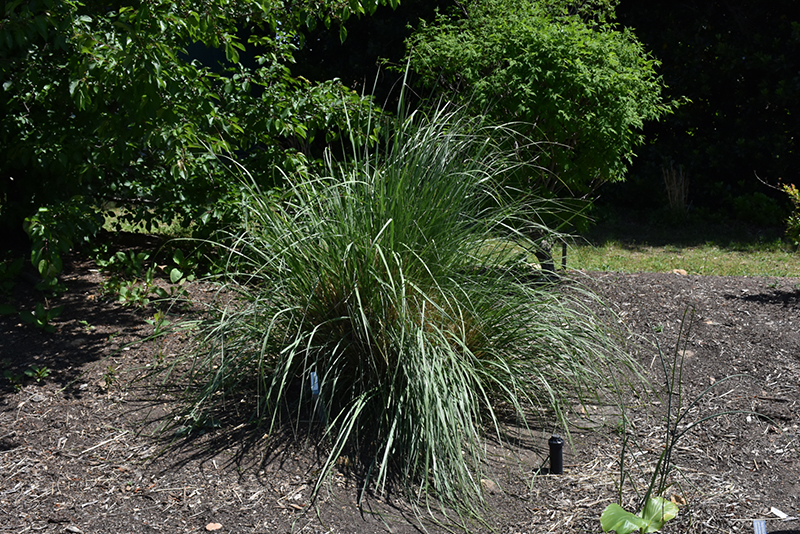Digging deeperPlant Library
Plant Height: 6 feet
Flower Height: 8 feet
Spread: 6 feet
Sunlight:
![]()
![]()
Hardiness Zone: 4
Other Names: Giant Sacaton, Big Sacaton
Description:
Native to the south and west, this fine-textured grass features airy plumes of fine flowers and seed heads floating over the grassy foliage all season long; adaptable, and ideal as an accent in the urban landscape
Ornamental Features
Wright's Dropseed features delicate plumes of coppery-bronze flowers rising above the foliage from early to late summer. The tan seed heads are carried on showy plumes displayed in abundance from early to late fall. Its grassy leaves are grayish green in color. As an added bonus, the foliage turns a gorgeous harvest gold in the fall.
Landscape Attributes
Wright's Dropseed is an open herbaceous perennial grass with a shapely form and gracefully arching stems. It brings an extremely fine and delicate texture to the garden composition and should be used to full effect.
This is a relatively low maintenance plant, and is best cleaned up in early spring before it resumes active growth for the season. Deer don't particularly care for this plant and will usually leave it alone in favor of tastier treats. It has no significant negative characteristics.
Wright's Dropseed is recommended for the following landscape applications;
- Mass Planting
- General Garden Use
- Naturalizing And Woodland Gardens
Planting & Growing
Wright's Dropseed will grow to be about 6 feet tall at maturity extending to 8 feet tall with the flowers, with a spread of 6 feet. Its foliage tends to remain dense right to the ground, not requiring facer plants in front. It grows at a medium rate, and under ideal conditions can be expected to live for approximately 10 years. As an herbaceous perennial, this plant will usually die back to the crown each winter, and will regrow from the base each spring. Be careful not to disturb the crown in late winter when it may not be readily seen!
This plant does best in full sun to partial shade. It is very adaptable to both dry and moist locations, and should do just fine under typical garden conditions. It is not particular as to soil type or pH, and is able to handle environmental salt. It is somewhat tolerant of urban pollution. This species is native to parts of North America.
A NetPS Plant Finder tool
This Plant Library is for informational purposes only. We may or may not carry the items listed. During many times of the year, we may carry many more plants in our store than are listed in the Plant Library. Please contact us directly at 303-690-4722 or visit our store for current availability and for assistance.
